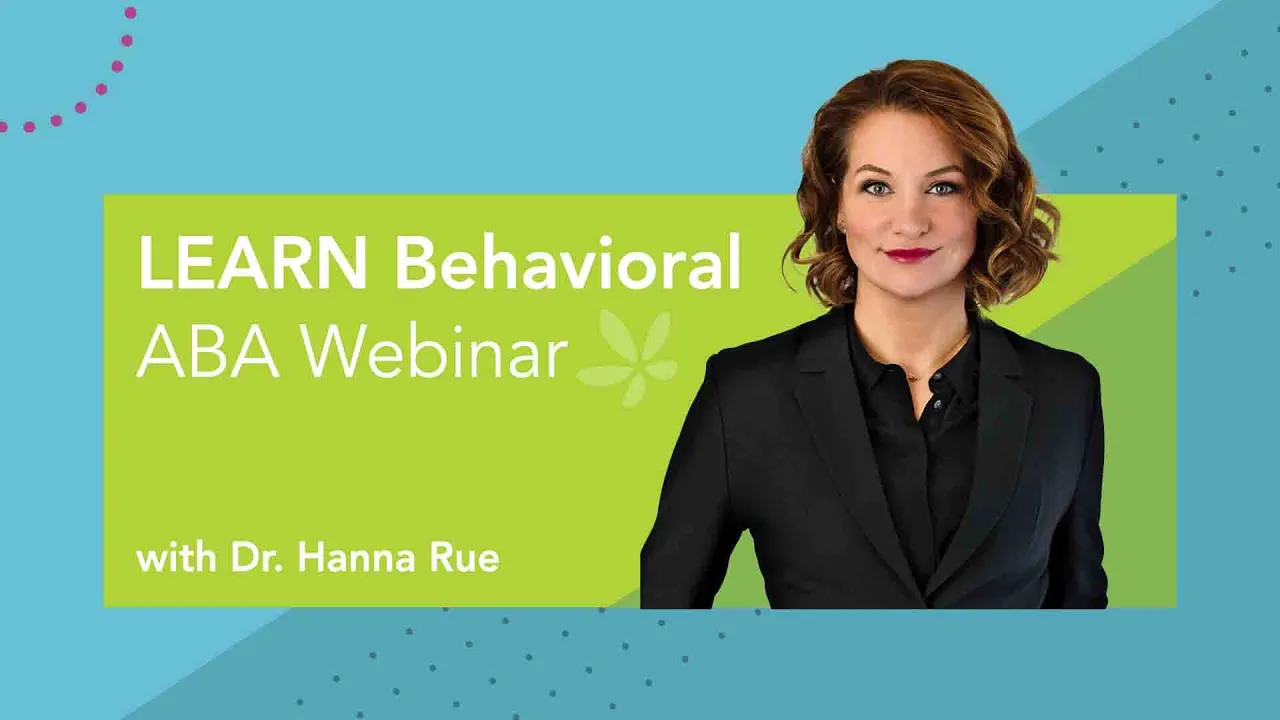December 30, 2025
What is the CalABA Conference?
FEATURED POSTS
December 15, 2025
November 25, 2025
The CalABA Conference is the annual meeting of the California Association for Behavior Analysis (CalABA). It is one of the premier events for professionals in the field of applied behavior analysis (ABA) and is sponsored by CalABA, a nonprofit founded in 1998.
The annual meeting brings together thousands of behavior analysts, educators, researchers, and service providers to discuss best practices, share research findings, and advance the field of ABA, particularly as it relates to autism services.CalABA’s mission is to promote the science and practice of behavior analysis through education, research, and advocacy (CalABA Official Site). The annual conference supports this mission by fostering collaboration and continuing education.
When is the CalABA Conference?
The CalABA Conference is typically held each year between February and March. Dates vary slightly year to year. Attendees are encouraged to check the official CalABA events page for the most current schedule and location details.
Who Attends the CalABA Conference?
The CalABA Conference draws a diverse audience of:
- Board certified behavior analysts (BCBAs)
- Board certified assistant behavior analysts (BCaBAs)
- Registered behavior technicians (RBTs)
- Special education teachers and school administrators
- University faculty and students
- Leaders of autism service providers
- Policy makers and advocates
Historically, companies that provide ABA therapy services for children with autism send teams to participate, recruit talent, and showcase their innovations. Some exhibitors include assessment tool publishers, technology firms, and universities with ABA programs.
INTERESTED IN A CAREER HELPING CHILDREN WITH AUTISM? DISCOVER REWARDING ABA CAREER OPPORTUNITIES. VIEW CAREERS
Topics Discussed at the CalABA Conference
The CalABA Conference agenda is rich with presentations, workshops, and symposia covering topics such as:
- Ethical practice in ABA
- Diversity, equity, and inclusion (DEI) in behavior analysis
- Supervision and staff training
- Evidence-based interventions for autism spectrum disorder
- Legal and policy updates affecting ABA services
- Innovations in behavioral technology
- Supporting family-centered care
Attendees can earn continuing education units (CEUs) to maintain professional certifications.
For more on how ABA helps children with autism, visit our blog: How ABA Helps Build Communication Skills.
Highlights from Past Conferences
Past CalABA Conferences have featured notable keynote speakers such as Linda LeBlanc, who holds a doctorate in psychology, and Gregory Hanley, a behavioral psychologist and BCBA-D.
Highlights include:
- Inspiring keynote addresses on the future of ABA
- Poster sessions showcasing cutting-edge research
- Networking events and career fairs for professionals
- Workshops on emerging topics such as telehealth and cultural humility
- Exhibitor booths from universities, publishers, and ABA service organizations
What Does LEARN Behavioral Do At CalABA?
LEARN Behavioral typically hosts an exhibitor booth where attendees can meet clinical leaders, ask questions, and learn about LEARN’s personalized approach to ABA. The team often includes BCBAs and doctoral-level clinicians who share real-life case examples and practical strategies used in LEARN’s work with children and families across California. LEARN also offers continuing education sessions, giving behavior analysts a chance to earn CEUs while engaging with current research and best practices. The booth serves as both an educational and networking space for professionals in the field.
Why Should You Attend the CalABA Conference?
Anyone invested in the practice, research, or application of behavior analysis can benefit. Specific reasons to attend include:
- Stay up-to-date on current research and best practices
- Earn CEUs to maintain your credentials
- Network with peers, mentors, and potential employers
- Explore the exhibitor hall for new tools and resource.
- Be part of shaping the future of ethical and inclusive ABA practices
To learn about careers in ABA, visit our page: Careers in ABA.
FAQs: What People Ask About the CalABA Conference
When is the next CalABA Conference?
Dates can vary, so check calaba.org for updates.
Who can attend the CalABA Conference?
The conference is open to anyone interested in behavior analysis, including BCBAs, RBTs, educators, students, and family advocates.
How much does it cost to attend CalABA?
Registration fees vary by membership status, student status, and how early you register. Discounts are often available for early registration and CalABA members.
Are CEUs offered at CalABA?
Yes. Attendees can earn CEUs for attending designated sessions, which are crucial for maintaining BACB certification.
Where is CalABA usually held?
The location rotates among major California cities such as Anaheim, Los Angeles, and San Diego.
Key Takeaways
- The CalABA Conference is one of the largest ABA-focused conferences in the United States
- It typically takes place annually in late winter or early spring
- Attendees include ABA professionals, educators, researchers, and organizations in autism services
- Topics cover the latest research, ethical practice, DEI, supervision, and clinical applications
- Past conferences have featured renowned keynote speakers and dynamic poster sessions
Free ABA Webinar
What is contemporary ABA and how does this person-centered approach help children with
autism find success?




















